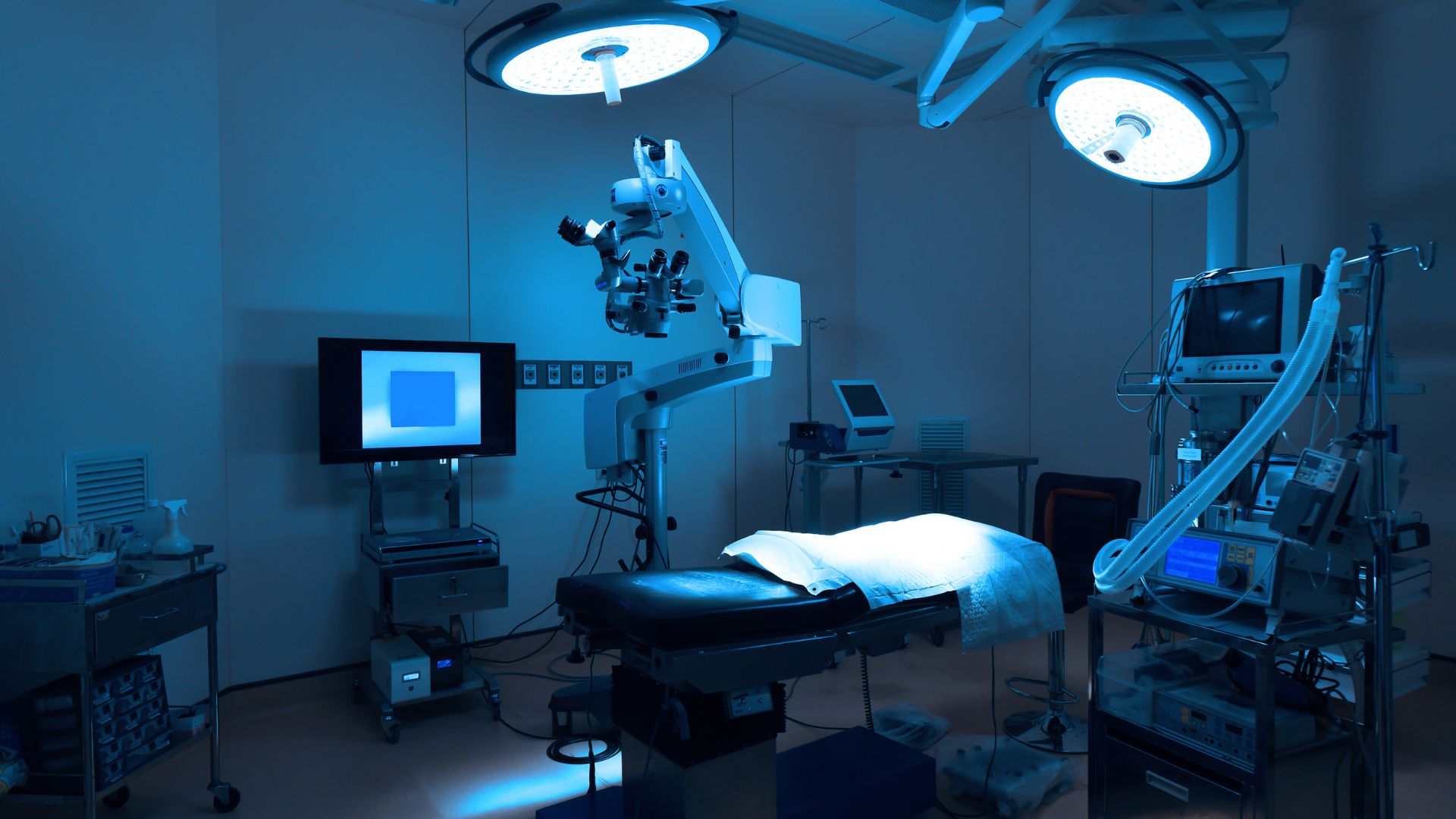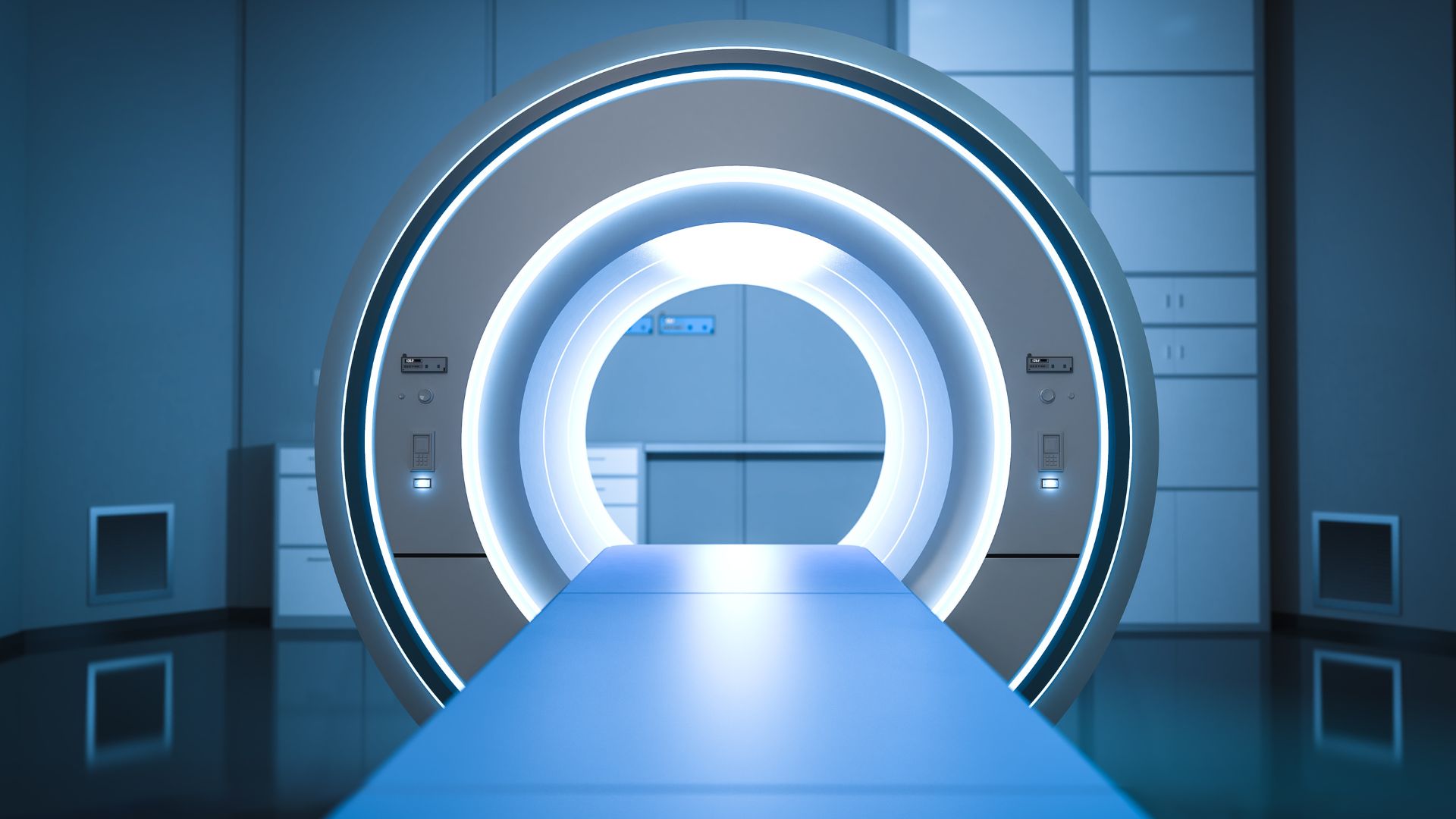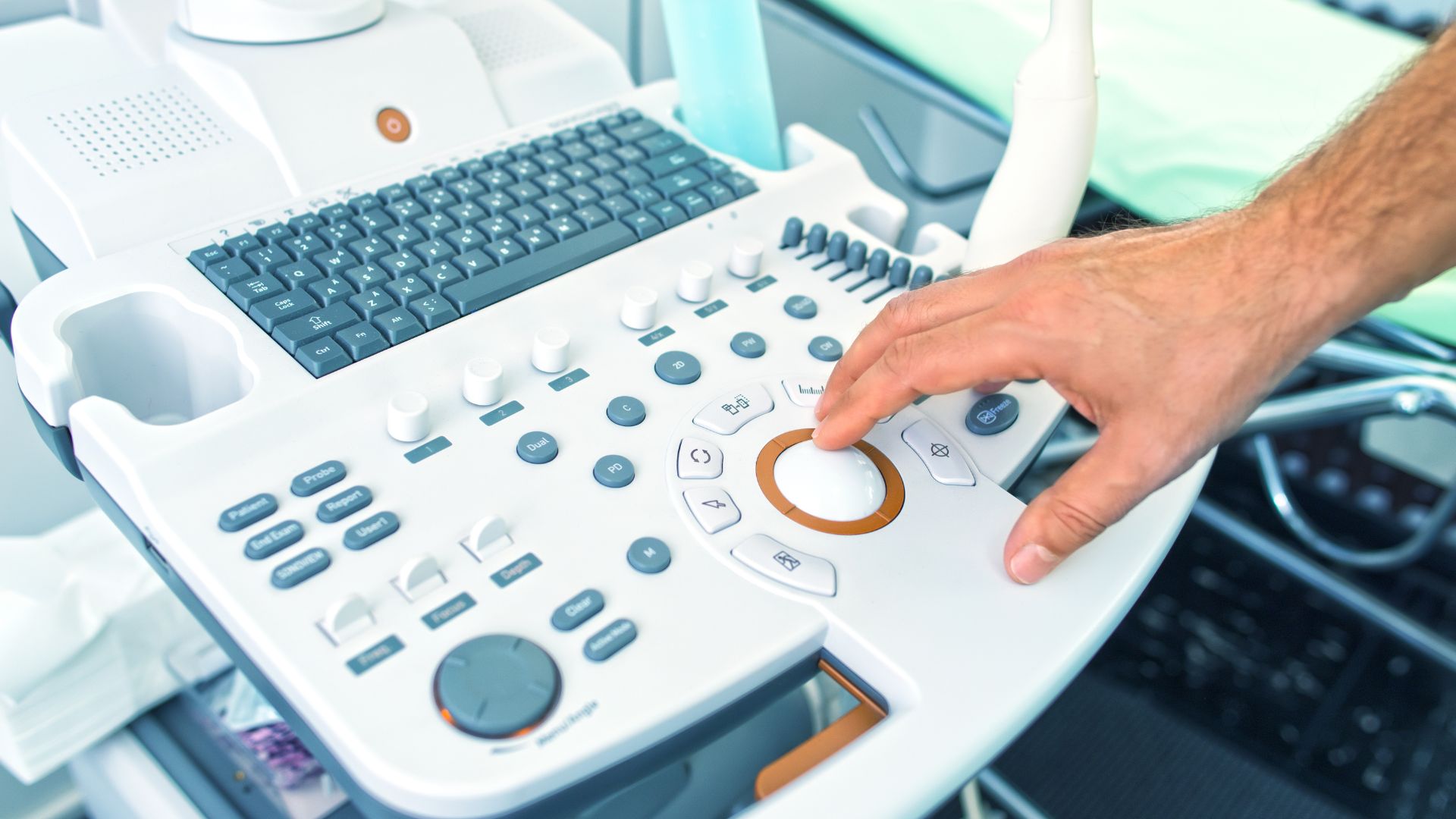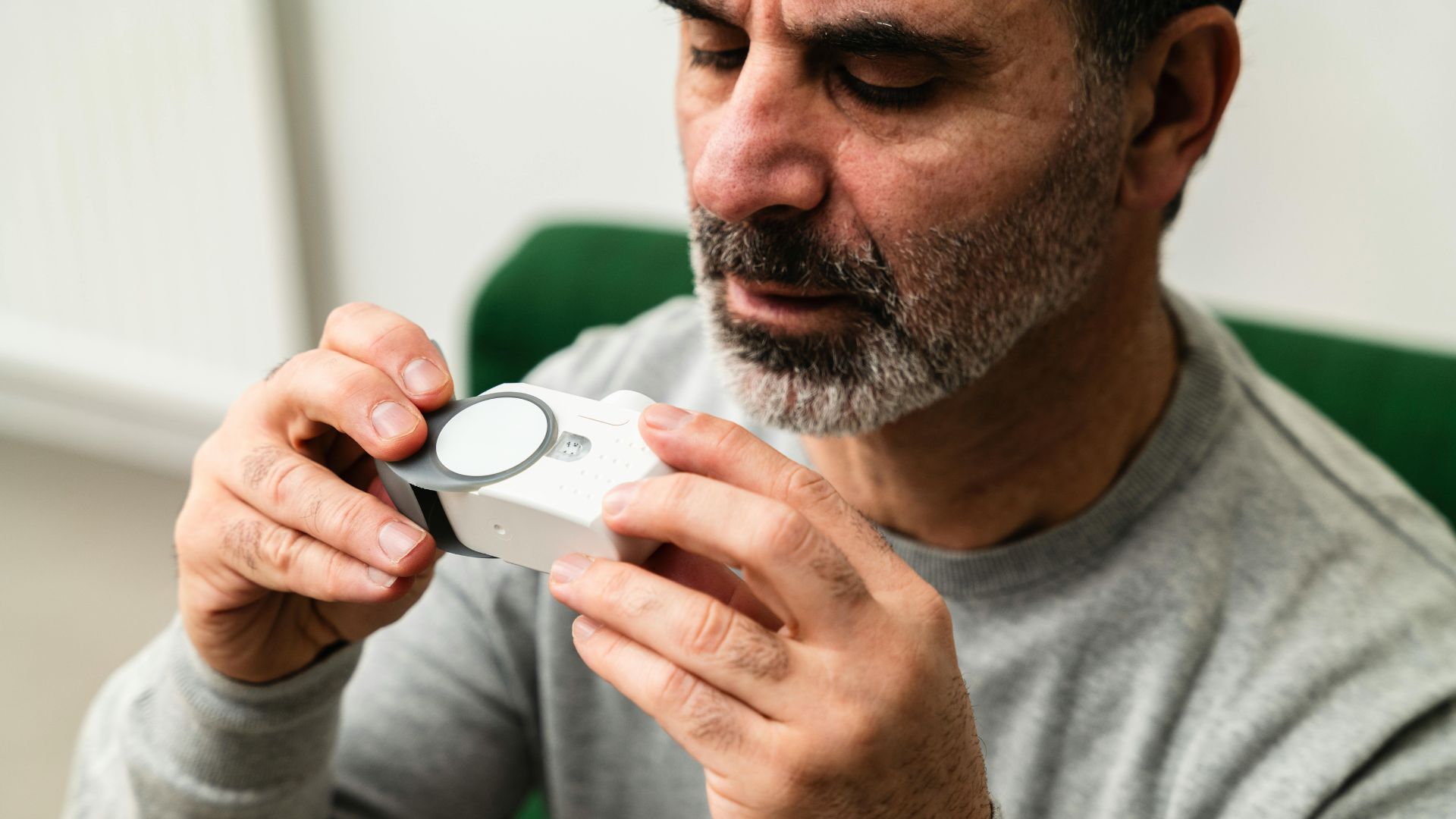In the world of MedTech, bringing a medical device to market in the United States is a critical milestone—and a high-stakes one. The U.S. Food and Drug Administration (FDA) sets a global standard for safety, efficacy, and transparency. For innovators, compliance with FDA regulations and registration isn’t just a box to check—it’s a gateway to credibility, access, and long-term success.
Medical device registration with the FDA is a crucial part of this journey. It ensures that your business is recognized as a compliant entity, that your devices are traceable and legally marketable, and that the FDA has access to vital data for public health oversight. Yet for many, the process can seem daunting.
This guide is designed to eliminate the guesswork. Whether you’re launching your first product or scaling internationally, we’ll walk you through each step of the FDA medical device registration and listing process—covering who needs to register, how to classify your device, what fees to expect, and how to avoid delays.
Let’s begin with the basics: what does FDA medical device registration actually mean, and why does it matter so much to your business success?
What FDA Medical Device Registration Really Means
FDA medical device registration is not a marketing formality—it’s a legal requirement. It involves registering your business with the FDA as a device establishment and listing each product that you intend to market in the United States.
When you register, you’re officially identifying your company to the FDA. When you list your devices, you’re declaring the exact products you’ll be selling, along with where and how they are manufactured. Together, registration and listing form the backbone of the FDA’s system for tracking, regulating, and responding to safety issues in the marketplace.
The FDA maintains device registration databases to track registered devices and establishments, ensuring transparency and enabling swift public health responses.
Registration vs Listing: What’s the Difference?
FDA establishment registration refers to registering your facility or business with the agency, confirming who is responsible for the manufacturing, distribution, or importation of devices. Device listing, on the other hand, involves submitting detailed information about each specific medical device you intend to market. Both are required for legal distribution in the United States.
Even after registration, devices that require 510(k) clearance or PMA approval must receive formal authorization before commercial distribution can begin.
Why Registration and Listing Matter
The FDA uses registration and listing data to:
- Track which devices are on the U.S. market
- Identify where devices are manufactured or distributed
- Respond quickly in case of safety concerns, recalls, or audits
This transparency is essential for maintaining public health, and it’s a cornerstone of the U.S. medical device regulatory framework.
Registration Is Not the Same as Approval
It’s important to note that FDA registration is not the same thing as FDA clearance or approval.
- Registration simply informs the FDA of your company’s activities and device portfolio.
- 510(k) clearance or Premarket Approval (PMA), by contrast, is the FDA’s formal evaluation and acceptance of a product’s safety and effectiveness.
In short: registration is about presence. Approval is about performance.
Failure to register and list a device as required may result in regulatory enforcement actions by the FDA, including product seizures, injunctions, fines, or import bans.
Who Needs to Register a Medical Device with the FDA?
Not every entity in the supply chain is required to register with the FDA, but several key players must.
Entities Required to Register
- Manufacturers: Anyone manufacturing a finished device intended for commercial distribution in the U.S.
- Initial Distributors: Those who initially distribute the device domestically.
- Repackagers and Relabelers: Companies that repackage or relabel products must also register.
- Importers and Exporters: Companies importing or exporting devices must be registered.
- Specification Developers: Entities that develop specifications but outsource manufacturing.
Any entity involved in the production, import, or initial distribution of medical devices for U.S. markets must complete FDA registration. Without it, selling or distributing devices is prohibited.
Special Note for Foreign Establishments
If you’re manufacturing outside of the United States, FDA registration is still mandatory before your device can be exported to the U.S. You’ll also need to appoint a U.S. Agent to act as your domestic representative. This U.S. Agent serves as the communication liaison between your company and the FDA.
Understanding the Role of a U.S. Agent
For foreign establishments, a U.S. Agent is more than a formality—it’s a compliance necessity. The U.S. Agent must have a physical address in the United States and act as the primary point of contact between your company and the FDA. While they do not carry legal liability for your device, they must promptly relay communications, including inspection requests or adverse event notifications. Choosing a reliable U.S. Agent is critical to maintaining smooth interactions with the FDA.
How to Classify Your Medical Device Before Registration
Before starting the registration process, you must understand how the FDA classifies your device. Your classification impacts everything from testing requirements to timelines.
Understanding Device Classes
- Class I (Low Risk): Examples include bandages and handheld surgical instruments. These devices are usually subject to General Controls only. (General Controls include basic requirements such as establishment registration, device listing, labeling compliance, and good manufacturing practices.)
- Class II (Moderate Risk): Examples include infusion pumps and powered wheelchairs. These devices typically require 510(k) clearance.
- Class III (High Risk): Examples include pacemakers and heart valves. These require a full Premarket Approval (PMA) application.
Classification is foundational—without it, you cannot move forward confidently.
If you are unsure about your device’s classification, the FDA’s Product Classification Database can help you determine it based on intended use and technology.
Pro Tip: Use the FDA’s free Product Classification Database to search by keyword, product code, or device category—it provides a starting point for understanding your regulatory requirements.
Choosing the Correct Regulatory Pathway
Once your device class is identified, you must select the appropriate regulatory pathway. Each pathway has different requirements for proving the safety and effectiveness of your device.
Regulatory Pathway Options
- Exemptions: Many Class I devices are exempt from 510(k) but must still comply with General Controls.
- 510(k) Submission: Required for most Class II devices to demonstrate substantial equivalence to an existing legally marketed device.
- Premarket Approval (PMA): Required for Class III devices. This rigorous process demands clinical data proving safety and efficacy.
- De Novo Classification: For novel, low-to-moderate risk devices without a predicate.
Choosing the correct pathway helps optimize your approval timeline and reduce regulatory friction.
Establishment Registration and Device Listing Requirements
With your classification and regulatory pathway determined, the next critical step is registering your establishment and listing your devices.
How to Register and List
- Register your Establishment: Submit your information through the FDA’s Unified Registration and Listing System (FURLS) using the Device Registration and Listing Module (DRLM). FURLS serves as the central online portal where establishments manage registration, device listings, and annual renewals.
- List Each Device: Identify your device(s) by proprietary name, common name, classification, and product code.
- Annual Renewal: Registration must be renewed each year between October 1 and December 31.
During registration, you will need to pay the required fee and submit your Payment Confirmation Number (PCN) through the DRLM to complete the process. After completing your payment, you will receive a Payment Confirmation Number (PCN) from the FDA. This PCN must be entered during your establishment registration and device listing process within the DRLM system. Without submitting your PCN, your registration cannot be finalized.
Keep in mind: changes to manufacturing sites, device status, or ownership must be updated promptly. Common triggers for required updates include mergers and acquisitions, new contract manufacturing partnerships, and shifts in ownership or facility locations.
FDA Medical Device Registration Fees Explained
Medical device registration comes with a mandatory fee that is reassessed annually.
Current FDA Fee (FY 2025)
The FDA’s registration fee for FY 2025 is $7,653. This fee applies to all registered establishments and must be paid each year.
- No Small Business Exemptions: Every registrant pays the same fee, regardless of company size.
- Proof of Payment Required: Your Payment Confirmation Number (PCN) must be submitted during registration.
Paying your fee and submitting confirmation promptly is critical to avoid processing delays.
Exemptions and Special Cases for Medical Device Registration
While registration is broadly required, there are a few notable exceptions.
Common Exemptions
- Research Use Only (RUO) Devices: Not intended for commercial distribution.
- Component Manufacturers: If you only manufacture parts not sold directly to consumers.
- Custom Devices: Specific requirements apply—consult FDA guidance.
Knowing whether you qualify for an exemption can save significant time and administrative costs.
How Long Does the FDA Medical Device Registration Process Take?
Timeline expectations vary depending on your device’s classification and submission requirements.
Estimated Timeframes
- Simple Registration and Listing: 1–2 weeks once payment and information are submitted.
- 510(k) Submissions: FDA aims to respond within 90 days, though reviews can extend.
- PMA Applications: Expect 180+ days for review due to clinical data analysis.
If your registration is straightforward and your documentation is complete, you can expect the entire registration and listing process to be completed quickly. More complex submissions require patience and proactive communication with FDA reviewers.
Avoiding Common Mistakes During FDA Registration
Mistakes can lead to costly delays—or worse, regulatory penalties.
Key Pitfalls to Avoid
- Misclassifying Your Device: Leads to wrong regulatory pathway.
- Incomplete Device Listings: All marketed devices must be accounted for.
- Missed Annual Renewal: Failing to renew could halt your market access.
- Poor Documentation: Maintain audit-ready records at all times.
A strategic, detail-oriented approach ensures smoother navigation of the process.
Post-Registration Responsibilities and Ongoing Compliance
FDA registration isn’t a “set it and forget it” requirement. Ongoing compliance is crucial.
What You Must Maintain
- Quality Management System (QMS): In accordance with 21 CFR Part 820. This should include documented procedures for design controls, production processes, complaint handling, and corrective and preventive actions (CAPA).
- Adverse Event Reporting: Monitor for device malfunctions, failures, injuries, or deaths. Submit reports through the FDA’s MedWatch program when adverse events occur.
- Annual Updates: Keep your device listings and establishment information current, especially when introducing new devices or discontinuing products.
Continuously monitoring device performance and staying vigilant with reporting requirements helps protect both patients and your business reputation.
Streamline Your FDA Registration Journey
Navigating the FDA medical device registration and listing process can seem overwhelming—but it doesn’t have to be. By understanding your classification, regulatory pathway, fees, and compliance obligations from the outset, you can chart a clear, confident course to market entry.
If you’re ready to simplify your FDA registration and listing experience, our team is here to help. From strategy consultations to full-service registration support, we ensure you stay compliant and ahead of the curve.








